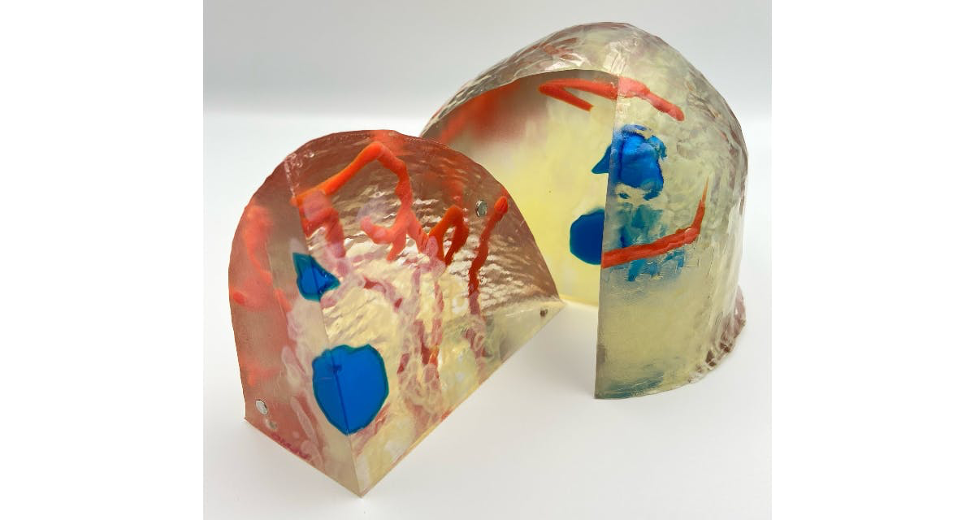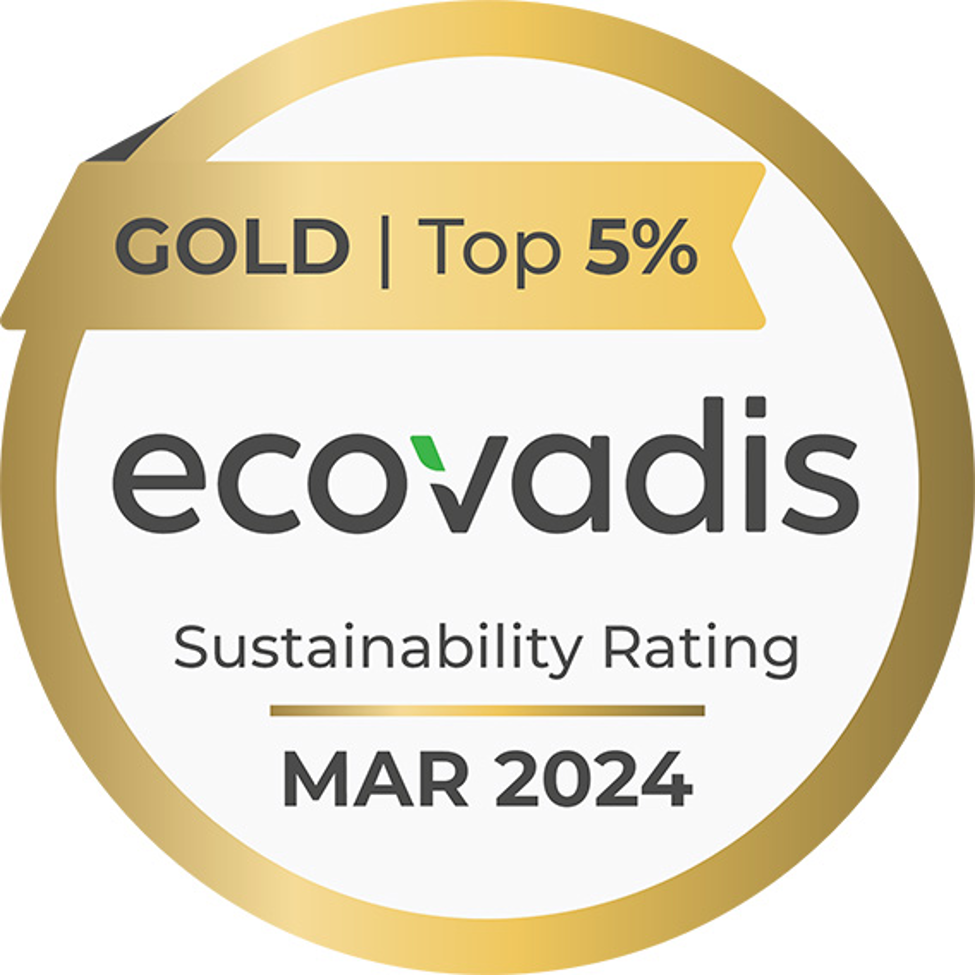TOKYO, May 30, 2016 – Ricoh today announced that it has developed a new reclaimed material using commercially available recovered materials (i.e. plastic packaging containers and plastics used in home appliances) for repeated use. This new material will be used in the manufacture of MFPs to be marketed by Ricoh later this year. Using the newly developed reclaimed material, in addition to the recycled material (i.e. reclaimed material from Ricoh’s products collected in closed loop recycling), will help Ricoh contribute to improving the rate of recycled material used in its MFPs. This will thereby reduce the new resources needed to manufacture its products.
The developed reclaimed material will use plastic packaging containers collected in compliance with the Containers/Packaging Recycling Act. It will also use plastics collected in accordance with the Act for Recycling of Specified Kinds of Home Appliances, where impurities are eliminated using technology from GREEN CYCLE SYSTEM CORPORATION, a subsidiary of Mitsubishi Electric Corporation. NIPPON STEEL & SUMIKIN CHEMICAL CO., LTD. and Ricoh have jointly developed the reclaimed material, which is classified as high grade plastics material, using reforming technology from NIPPON STEEL & SUMIKIN CHEMICAL and recycling materials evaluation technology from Ricoh, which improves both fire retardancy and strength. Although the quality of plastic materials generally deteriorate with each regeneration, the development of a recycled material that maintains quality even if it is repeatedly regenerated was achieved. This was made possible by the Ricoh group’s cultivated technology on evaluating the material in accordance with long-term deterioration criteria.
Ricoh is promoting environmental management within its Mid- and Long-Term Environmental Impact Reduction Goals in the fields of “Energy Conservation,” “Resource Conservation and Recycling,” and “Pollution Prevention.” Among these, in “Resource Conservation and Recycling,” its goal is to reduce the amount of new input resources required at the time of product manufacturing by 25% by 2020, compared to fiscal year 2007, and 87.5% by 2050. Regarding plastics, very encouragingly Ricoh has already begun using biomass materials. Also, Ricoh has developed closed loop reprocessed plastic materials, such as the development of the recycled material with an increased percentage of recovered material. In other areas, Ricoh has jointly developed electric steel plates for MFP components from steel scrap with TOKYO STEEL MANUFACTURING CO., LTD. These plates have already been successfully used in its MFPs.
Today, by expanding of use of recycled material created by using commercially recovered plastics material, which can be regenerated repeatedly, Ricoh will reduce the petroleum used, which is directly extracted from the earth. Ricoh will start to use this material for paper trays and continue to look for other applications, and will increase the use of such materials on office imaging devices.


